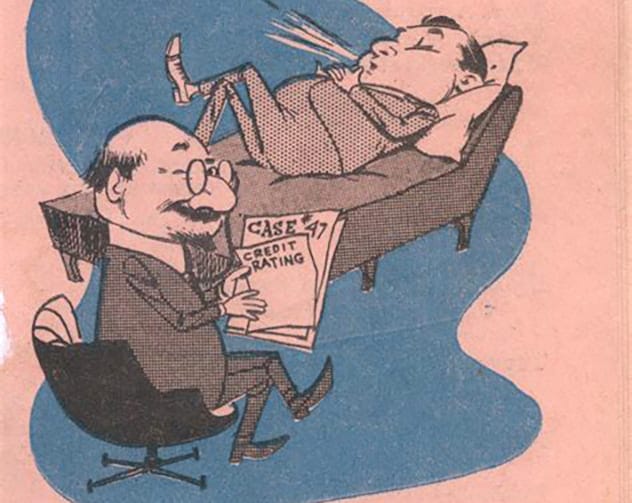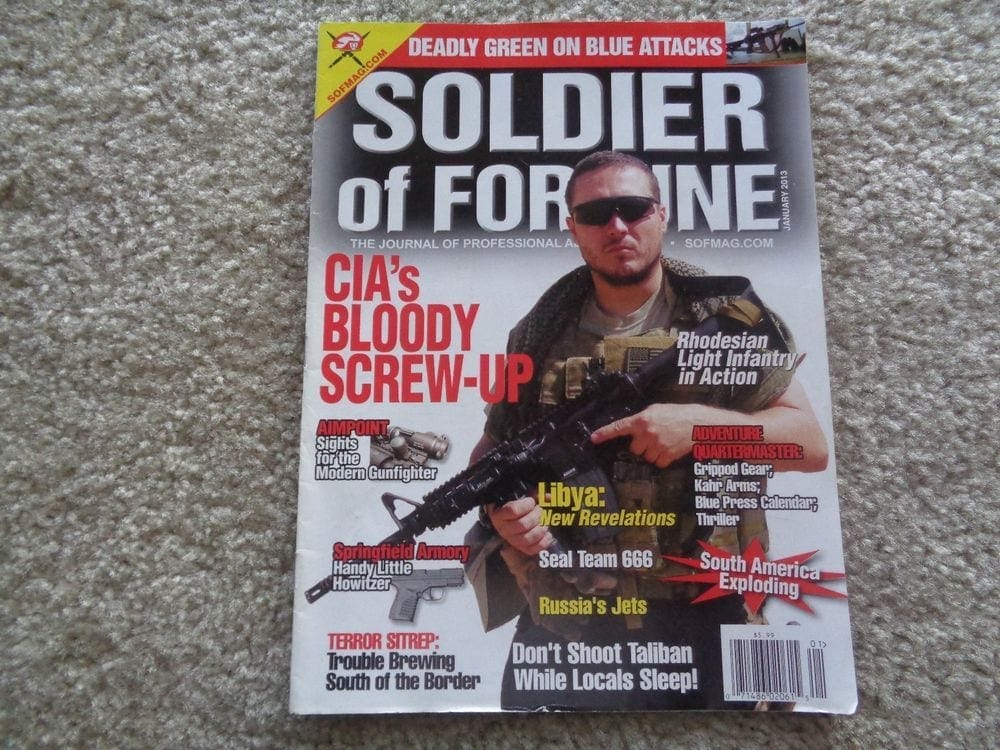Magazines are more than just glossy pages; they’re a reflection of our society, sparking conversations and sometimes, major controversies. These publications, with their wide reach, have found themselves at the center of shocking scandals. Let’s explore ten of the most unbelievable magazine controversies that made headlines.
Consumer Reports: Safety Seat Tests

In 1988, Consumer Reports faced severe criticism after incorrectly testing the effectiveness of child safety seats. The report claimed that most seats failed disastrously, leading parents to believe their safety investments were worthless. The New York Times revealed that the tests weren’t conducted correctly, simulating crash speeds far exceeding government standards. This caused public outrage and damaged the magazine’s credibility, requiring a public explanation and a promise to avoid similar mistakes in the future.
Cosmopolitan: Sex and Health Advice

Cosmopolitan has long been known for its sex-positive content, but in one instance, a health article downplayed the risk of HIV transmission among heterosexuals, even claiming transmission was nearly impossible in the ‘missionary position.’ This sparked immediate backlash from medical experts, including Dr. Anthony Fauci and Surgeon General C. Everett Koop. They condemned the article as factually incorrect and potentially dangerous, highlighting the magazine’s irresponsible handling of vital health information.
Essence: The Bullerdick Affair

The appointment of Michael Bullerdick as managing editor of Essence stirred controversy due to his Facebook posts containing views antithetical to the magazine’s values. Described as racially insensitive, his views clashed with the magazine’s core audience, leading to widespread discontent. This incident underscored the importance of aligning editorial staff with the publication’s values and audience expectations, prompting a significant internal review.
GQ: Sexploitation

GQ faced heavy criticism for a photo shoot featuring the stars of Glee. The Parents Television Council deemed the images overly sexualized and inappropriate, bordering on pedophilia, due to the actors portraying high school-aged characters. Despite the backlash, GQ editor-in-chief Jim Nelson defended the shoot, arguing that the actors were adults capable of making their own choices. This controversy sparked a debate about the balance between artistic expression and responsible representation in media.
Hustler: Emotional Distress

Larry Flynt’s Hustler magazine was no stranger to controversy, but a parody ad featuring televangelist Jerry Falwell led to a landmark Supreme Court case. The ad depicted Falwell in a highly offensive and fictitious scenario, leading to a lawsuit for emotional distress. While a lower court initially awarded Falwell damages, the Supreme Court overturned the decision, asserting that public figures are protected from emotional distress claims based on parodies, reinforcing the importance of free speech.
Mad: Songs Gone Wrong

Mad magazine’s satirical parodies landed it in legal trouble with copyright holders, including Irving Berlin. Berlin claimed that Mad’s altered lyrics infringed on his copyrights. The case went to the Supreme Court, which ruled in favor of Mad, asserting that parodies are a form of free expression and deserve protection. This ruling set a precedent for how copyright law applies to satire and parody, safeguarding creative expression.
National Geographic: Racism

National Geographic faced scrutiny for its historical portrayal of non-white populations. Editor Susan Goldberg acknowledged that the magazine had a history of racist depictions and stereotypes, particularly in its coverage of non-Americans. This led to a critical examination of past issues and a commitment to more inclusive and respectful reporting, addressing historical biases and promoting diversity.
Popular Mechanics: UFO

Popular Mechanics drew criticism for publishing an article that misidentified a Mylar balloon as a leaked government photo of a UFO. This error led to disappointment among readers, particularly those interested in science and technology. The incident highlighted the importance of thorough research and fact-checking, damaging the magazine’s reputation for accuracy and reliability.
Rolling Stone: Defamation

Rolling Stone faced severe repercussions after publishing “A Rape on Campus,” a story with significant factual inaccuracies and unverified allegations. The magazine was found guilty of defamation, and both the publisher and reporter were held liable. This case led to significant financial and reputational damage, emphasizing the critical need for responsible journalism and rigorous fact-checking to prevent defamation.
Soldier of Fortune: Murder for Hire

Soldier of Fortune magazine faced lawsuits after a classified ad led to a contract killing. The magazine was found liable for facilitating the crime, highlighting the dangers of unregulated advertising and the responsibility of publications to screen advertisements for potential harm. This case led to significant legal and financial consequences, prompting the magazine to cease running similar ads.
These controversies serve as important reminders of the responsibilities that come with the power of the press. From health advice to political commentary, magazines shape public opinion and influence culture. It’s crucial for these publications to uphold journalistic integrity, accuracy, and ethical standards.
What do you think about these magazine controversies? Which one surprised you the most? Leave your comment below!










